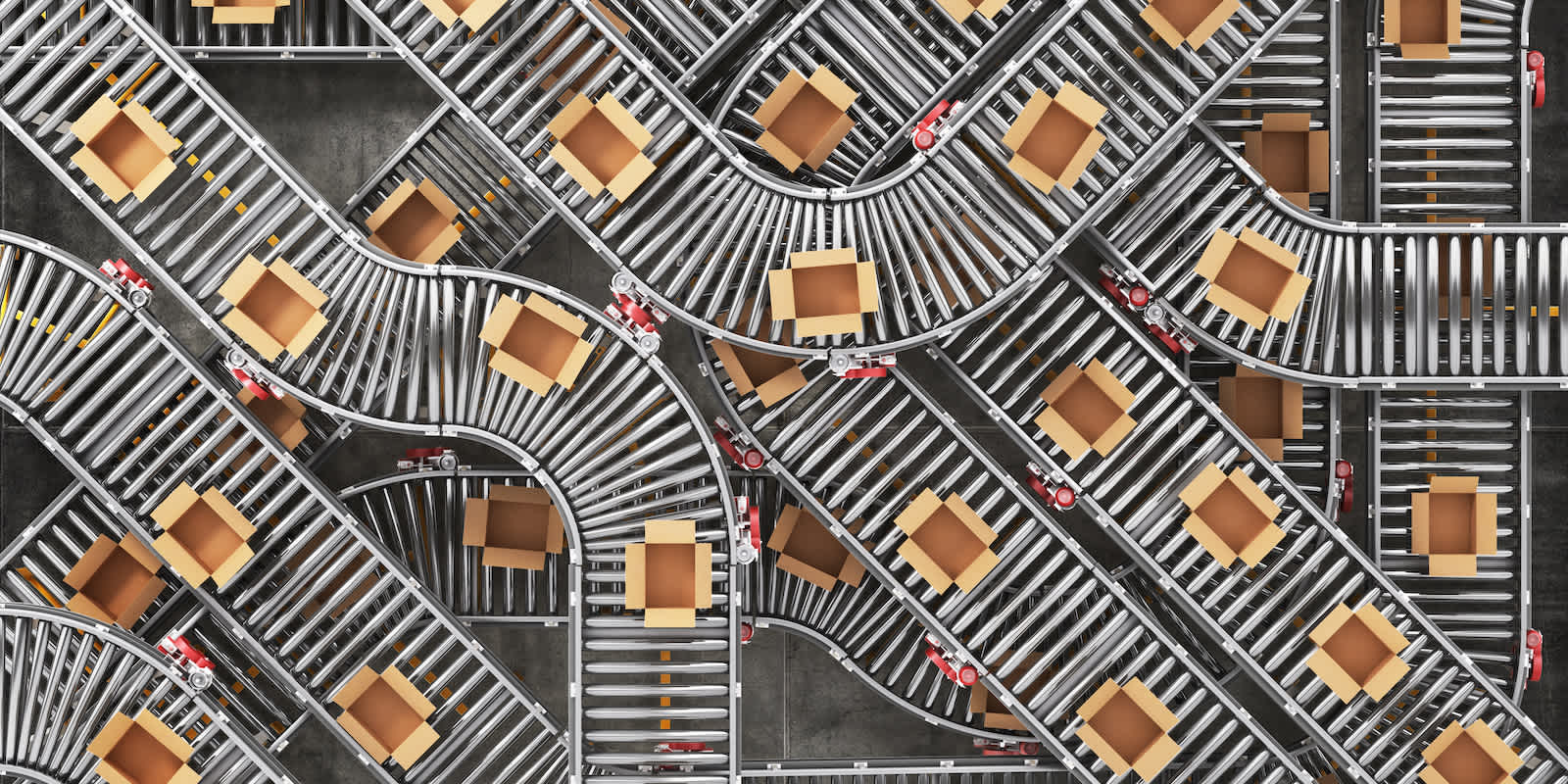
March 18, 2022
How Air And Ocean Shipping Cycles Will Impact Your Business in 2022
How Air And Ocean Shipping Cycles Will Impact Your Business in 2022
The last two years have been challenging for most businesses but especially for retail and ecommerce businesses. We’ve seen rising freight prices, challenges securing space on ships, planes, trains, and trucks, a raging pandemic and an unprecedented consumer demand for goods. Add in slow transit times and worker shortages and you can see why inventory issues are keeping logistics professionals up at night.
The key question on every brand’s agenda: How can you turn that supply chain complexity into an advantage for your business to help you compete and thrive?
The right way to address this is to flip the question around. Instead of seeing your company as a victim of this volatility, ask how you can make better, timely, data-driven decisions to turn the existing situation into an advantage for you AND your customers. How can you find new ways to differentiate your business and grow customer loyalty? Here’s some advice from our in-house experts:
Start By Asking The Right Questions
To begin to answer this larger question, you’ll first need to start with smaller ones:
- How do we take back control of our supply chain?
- How do we make good decisions in the face of the current volatility?
- How can we get better access to real-time data to see what’s really going on with our goods once they leave the manufacturer?
- How can we make changes en route if needed?
But before we go too deep into the larger issues at play, let’s spend a couple of minutes establishing where the ocean and air freight markets are right now.
The Vicious Ocean Freight Cycle
First up, ocean freight. The thing to remember with ocean freight is that it's a very complicated ecosystem of players. When we see imbalances in supply and demand, it has ripple effects throughout the rest of the system, globally.
One question we get all the time is why are there so many ships waiting offshore at Los Angeles and Long Beach ports? And the honest answer that many of us have learned over the last year is that it’s because of multiple compounding effects that are creating a vicious cycle. Let's use that example to illustrate that interconnected web of players.

When we get record consumer spending in the U.S. (as we’ve seen during the pandemic), it led to a spike in freight and container prices. Those rising prices led carriers to deploy more capacity into the most profitable trade lanes like the TPEB which led to record-setting volumes. But to absorb those record volumes, you need ALL the other nodes along the supply chain to scale: labor, physical infrastructure like cranes and lot space, availability of chassis, 24x7 access to ports and warehouses, a reliable appointment booking platform for truckers, and much more.
When those things didn't scale with the pace of demand, we got the congestion crisis that still hasn’t been resolved. The delays in unloading containers from these ships led to equipment shortages, which led to space shortages and chassis shortages which led to inventory shortages, which in turn prompted customers to order more in an effort to hoard products that were already in short supply.

When we take stock of our U.S. ports system, what we have is actually record transit times and we don’t mean that in a good way. We're talking about 114 days from cargo ready dates to destination port departure. You can see what the latest transit times are on our Ocean Timeliness Indicator.

In this environment, it's almost impossible for importers to make accurate decisions about inventory. With Flexport Research's indicators, you can see how many vessels are waiting and what the average dwell time looks like outside those ports. You can also see how that's changed over time, especially over the last year. Considering alternate routes and modes—like diversifying into air for your highest-demand SKUs—is going to be more important than ever in 2022.
The Air Cargo Market is Expanding But Hasn’t Caught Up Yet
If we look at the air freight market we can see that there's a very similar supply and demand situation, but it's caused by different factors. When you look at air capacity, you're really thinking of it in two different ways. You have air capacity that's generated by freighters, so flights that are dedicated to air freight. Then you have air capacity that actually goes on commercial passenger flights, so in the belly of passenger planes.

You can look at how those different sources of capacity have changed over the past two years. And the notable learning is that passenger plane cargo space was actually the largest source of air tonnage, pre-pandemic, and then it just cratered as thousands of flights were canceled due to COVID-related slowdowns. We don't expect that capacity to normalize anytime soon.
The net effect of this is that we've actually seen a 7% reduction in total tonnage for air freight capacity and we’ve seen demand at all-time highs. We are in a situation again, where demand is outstripping supply. Once this cycle is set in motion, things can quickly snowball out of control.
Our latest Air Timeliness Indicator from last week shows that the time taken for TPEB and FEWB routes has improved steadily for air cargo during Q1 of 2022. TPEB fell to 12.7 days in the four weeks to March 13, down 1.1 days on the week and by over 4 days from its mid-January peak. That’s mostly due to improved delivery times post deconsolidation, i.e. handling times by inland freight operators in North America. (Note: There is a degree of seasonality in the data that may mean the current downturn could prove fleeting.)
All of this has probably left you wondering what you, as a fast-growth brand—especially if you’re in retail or e-commerce--can do to mitigate the impact of the unpredictable freight cycle on your supply chain.
In the next post of this series, we’ll be sharing best practices and actionable advice on how you can turn the current supply chain complexity into an advantage for your business.




